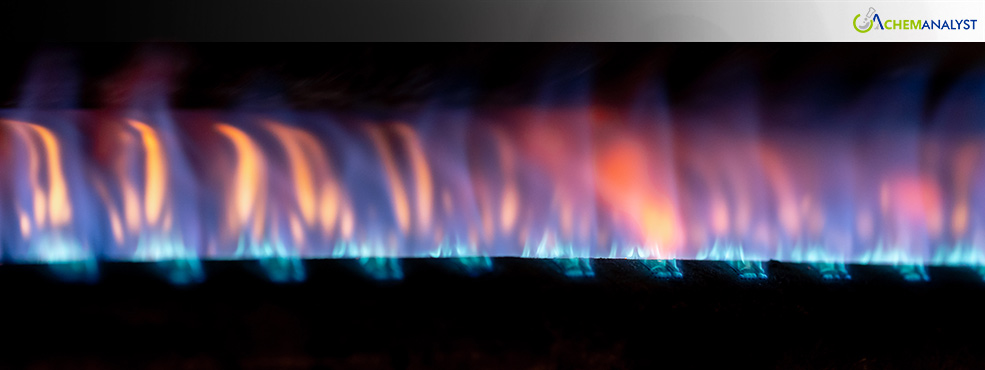Natural Gas Prices Soar as Hurricane Disruptions and Rising LNG Demand Shake Markets
- 12-Nov-2024 4:15 PM
- Journalist: Xiang Hong
Natural Gas prices have experienced significant volatility in recent weeks, driven by a mix of weather-related factors, geopolitical developments, and supply disruptions. In the United States, concerns over Hurricane Rafael in the Gulf of Mexico intensified worries about potential supply disruptions, further driving up prices. Meanwhile, in Europe, the rebound in liquefied Natural Gas demand, following disruptions caused by reduced Russian exports, has been a key factor influencing market trends. The surge in U.S. LNG exports, combined with domestic weather concerns and potential production cuts, underscores the global complexities of Natural Gas supply and demand.
Natural Gas futures in the U.S. spiked primarily due to concerns over Hurricane Rafael, which caused significant disruptions to production in the Gulf of Mexico. The hurricane temporarily halted over 16% of the region's Natural Gas output, driving prices higher. Despite mild weather forecasts leading to lower domestic heating demand, the hurricane-induced supply disruptions added significant bullish pressure to the market. The prospect of energy producers curbing production further contributed to the rise in futures prices.
U.S. LNG exports have significantly supported domestic prices, with the U.S. now serving as a primary supplier to Europe, providing almost half of the continent's LNG imports. This overseas demand helped offset weaker domestic consumption due to milder weather. Despite recent price gains, Natural Gas prices remain lower than earlier in the year, driven by reduced heating demand and strong inventories. However, storm-related disruptions and the possibility of colder weather added upward pressure, signaling a short-term bullish trend. Furthermore, a record in open interest for Natural Gas futures highlighted heightened market activity amid the ongoing volatility.
In Europe, Natural Gas prices were influenced by a combination of supply uncertainties and geopolitical dynamics. The European Commission discussed increasing LNG imports from the U.S. as part of efforts to mitigate energy shortages and offset the impact of reduced Russian gas supplies. This growing reliance on U.S. LNG has become more pronounced, particularly as Russian gas exports continue to decline. The U.S. now plays a central role in meeting Europe’s energy needs, further strengthening the transatlantic energy relationship.
The Natural Gas markets in both the U.S. and Europe have been shaped by weather disruptions, supply chain challenges, and geopolitical shifts. In the U.S., hurricane-related supply concerns pushed prices higher, despite milder domestic weather. In Europe, the reliance on U.S. LNG has helped stabilize prices, as the EU seeks to reduce its dependence on Russian energy. The potential return of former President Donald Trump to office could influence U.S. LNG exports, potentially further stabilizing global markets. As Europe continues to diversify its energy sources, geopolitical shifts, including the EU's call for more American LNG, underscore the evolving global energy landscape.
Looking ahead, the short-term outlook for Natural Gas prices in both regions remains cautiously bullish. In the U.S., the potential for further disruptions in the Gulf of Mexico, along with increasing LNG exports, could continue to provide upward momentum. In Europe, strong demand for American LNG is likely to persist, particularly as geopolitical tensions with Russia remain high. However, prices could face volatility depending on the resolution of Gulf supply disruptions, weather patterns, and evolving trade policies. As both regions navigate complex energy challenges, Natural Gas prices will continue to be influenced by a combination of short-term disruptions and long-term supply-demand fundamentals.



